No description yet: Can you help?
School of Molecular Bioscience & Biochemistry, Sydney University
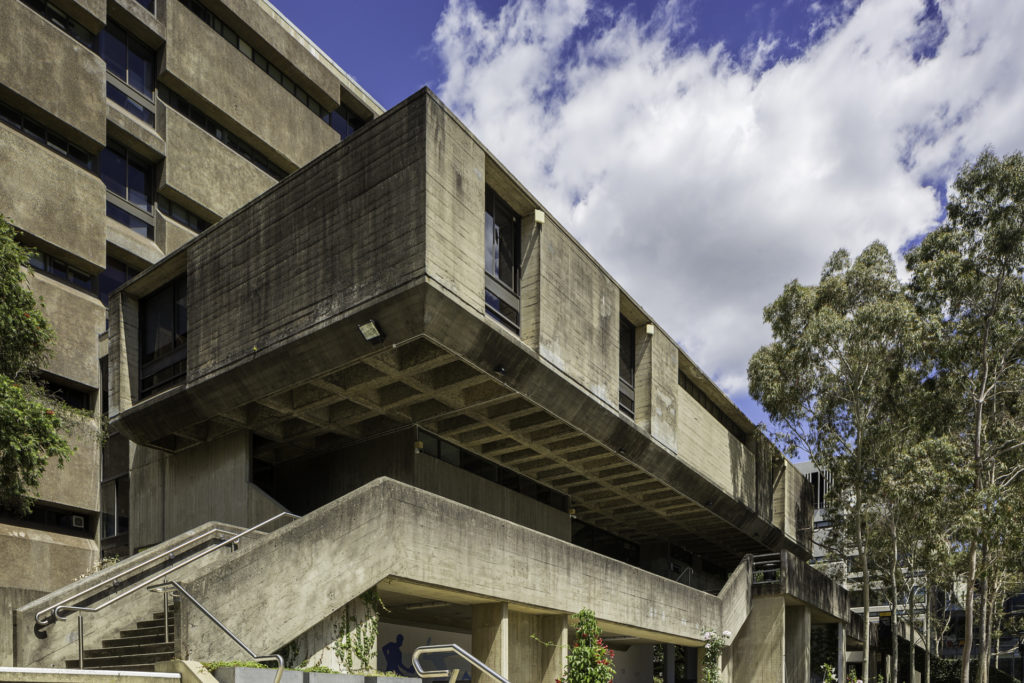

No description yet: Can you help?

No description yet: Can you help?

Like the AT&T Longlines Building this highrise was designed to house telephone exchange center equipment.
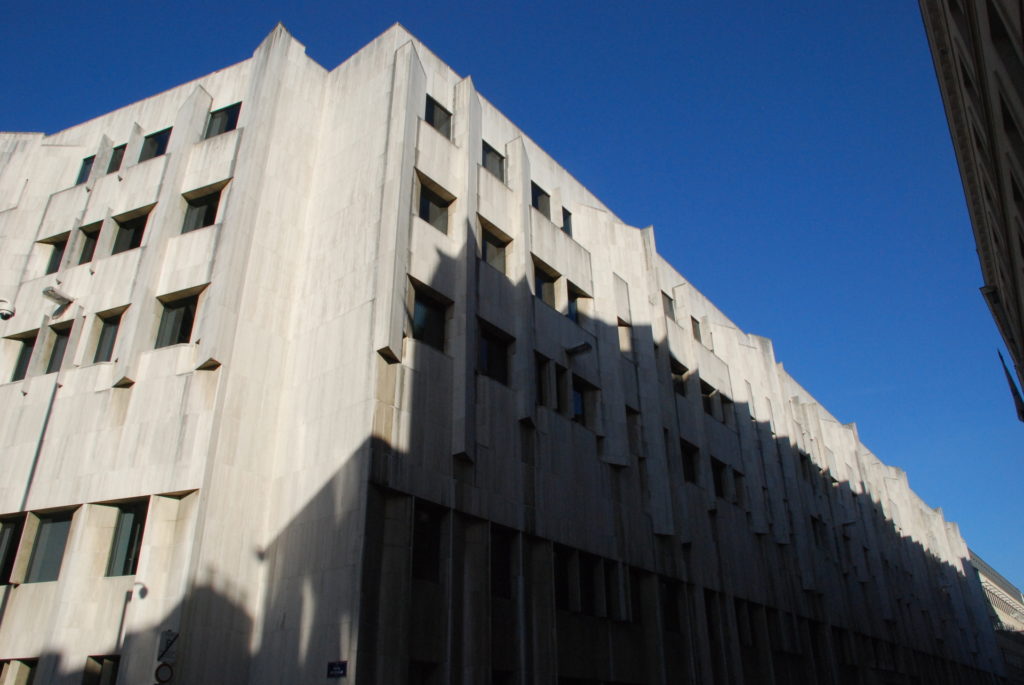
Marcel Lambrichs plays an important role in the post-war modernism period of Brussels and of Leopoldville (Congo). In Brussels he designed, together with Ricquier, Groupe Alpha, H. Van Kuyck and R. Schuiten, the Brussels administrative complex and the f…

No description yet: Can you help?
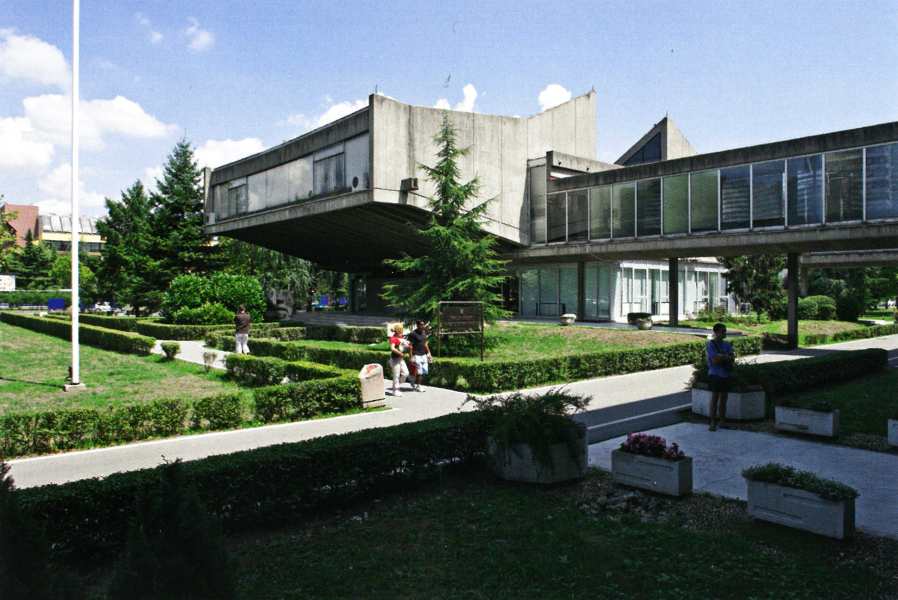
No description yet: Can you help?
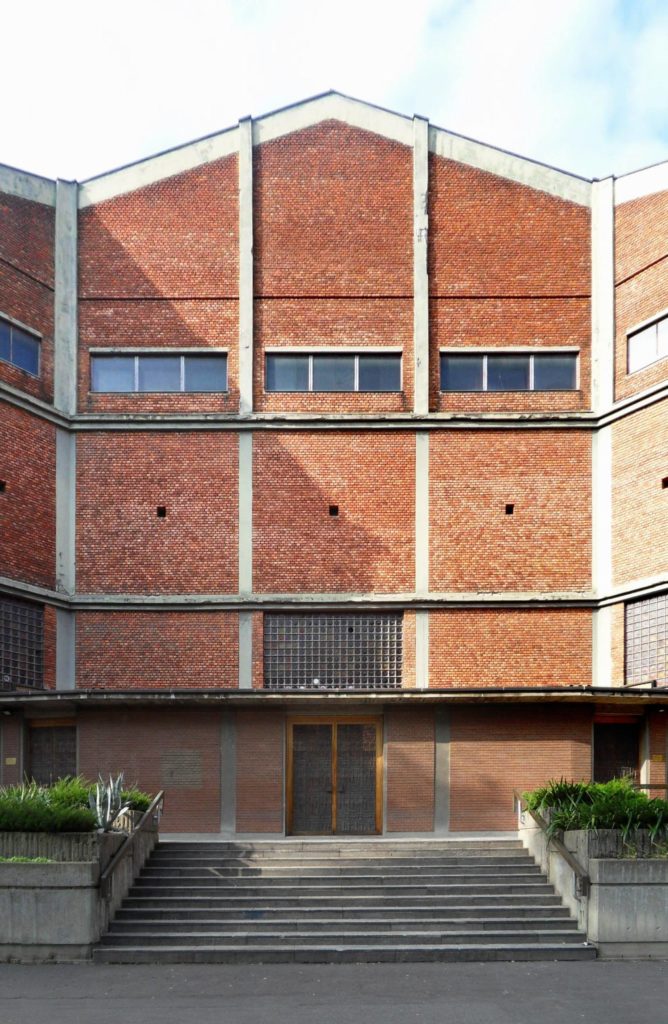
The combination of a central plan and double naves results from the church’s unique location. Noteworthy solutions for the interior include a hexagonal central altar space and an innovative combination of natural and artificial light sources. (Spe…
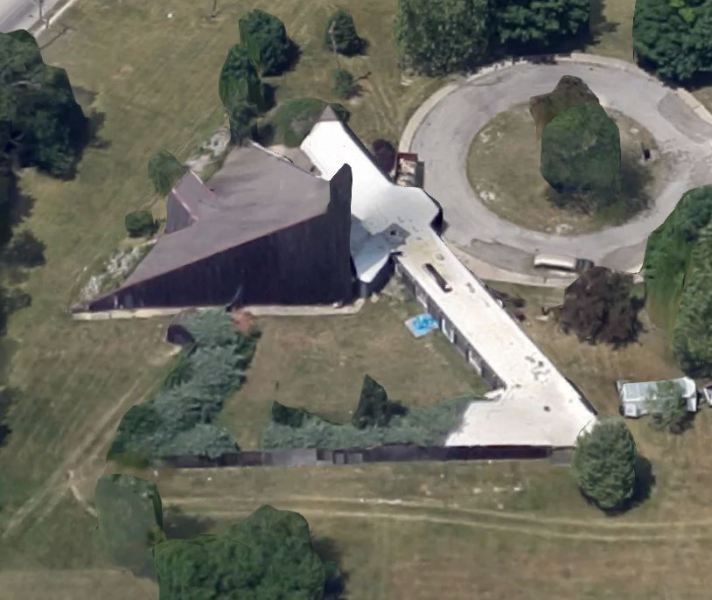
No description yet: Can you help?
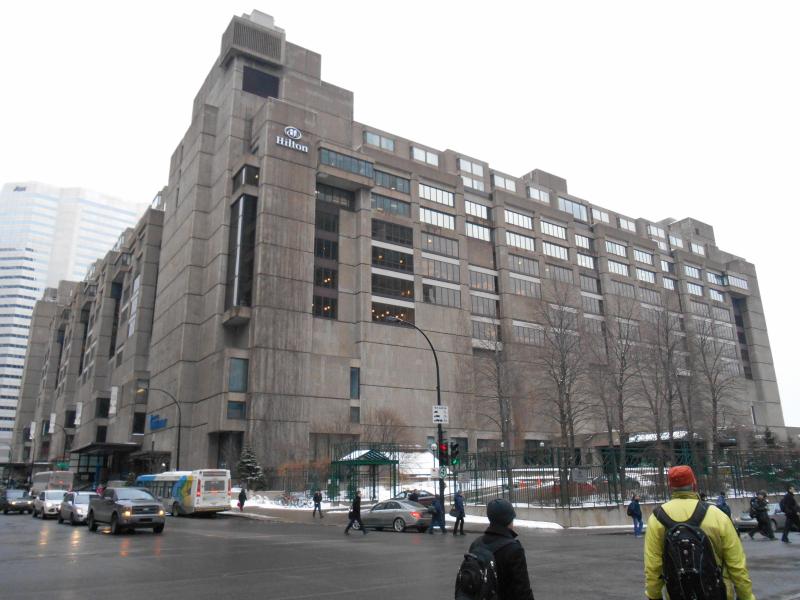
No description yet: Can you help?
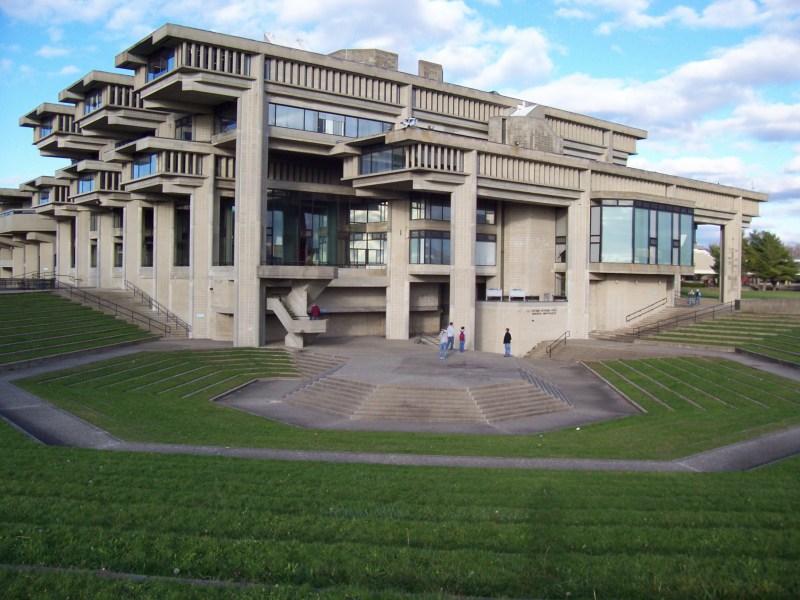
The complex interlocking frontage is very reminiscent of Rudolph’s design of that time for the Orange County Government Center.

While in Japan the brutalist design language was characteristic above all of government construction projects such as town halls, museums, concert halls and for residential projects, this is an early example of brutalism in a commercial setting.
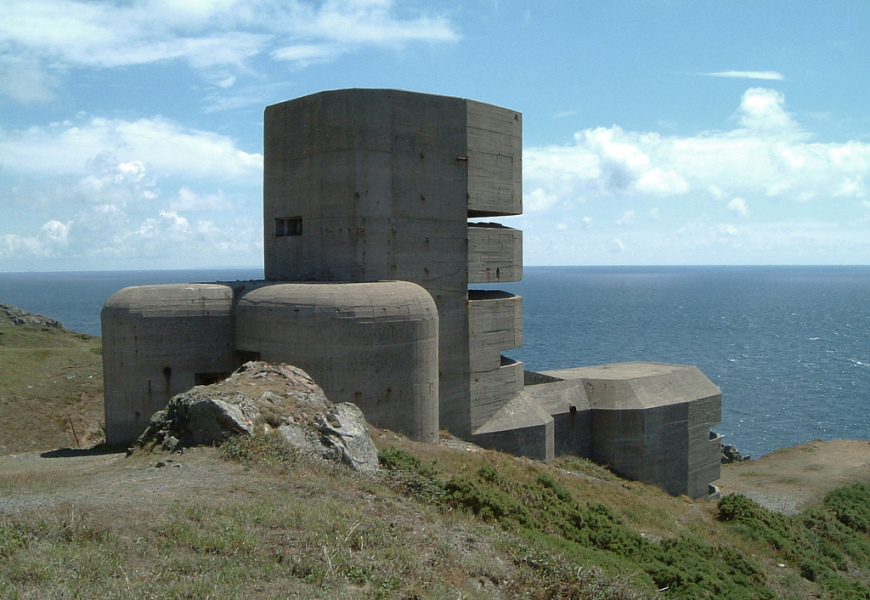
It was not just Parent and Virilio, who refer quite explicitly with their brutalist church to the Atlantic Wall bunkers, who were strongly influenced by these war time buildings. The deeply functionalist and likewise coarse and sculptural use of exposed…
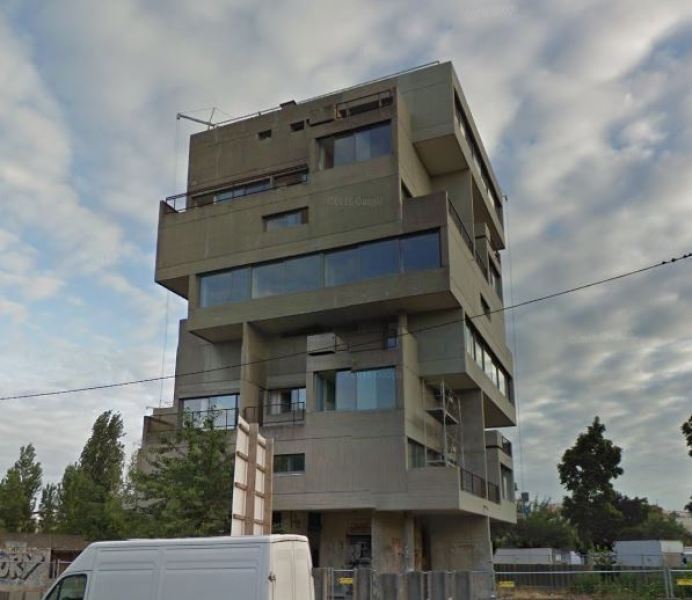
No description yet: Can you help?
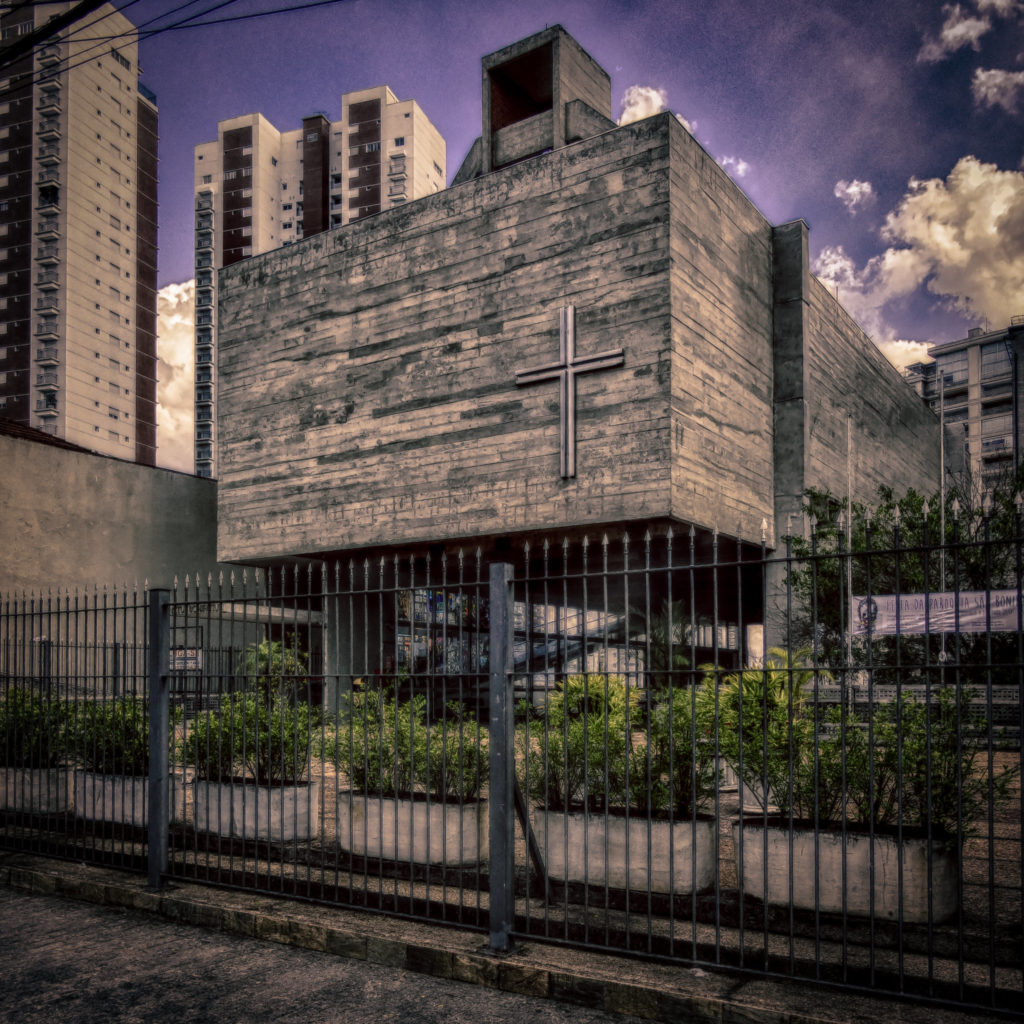
No description yet: Can you help?

In the latter days of brutalism, the basic idea of the inverted pyramid taking its cue from La Tourette went through ever more versions. At the same time, gradually the size of windows increased, as with the Geisel Library.
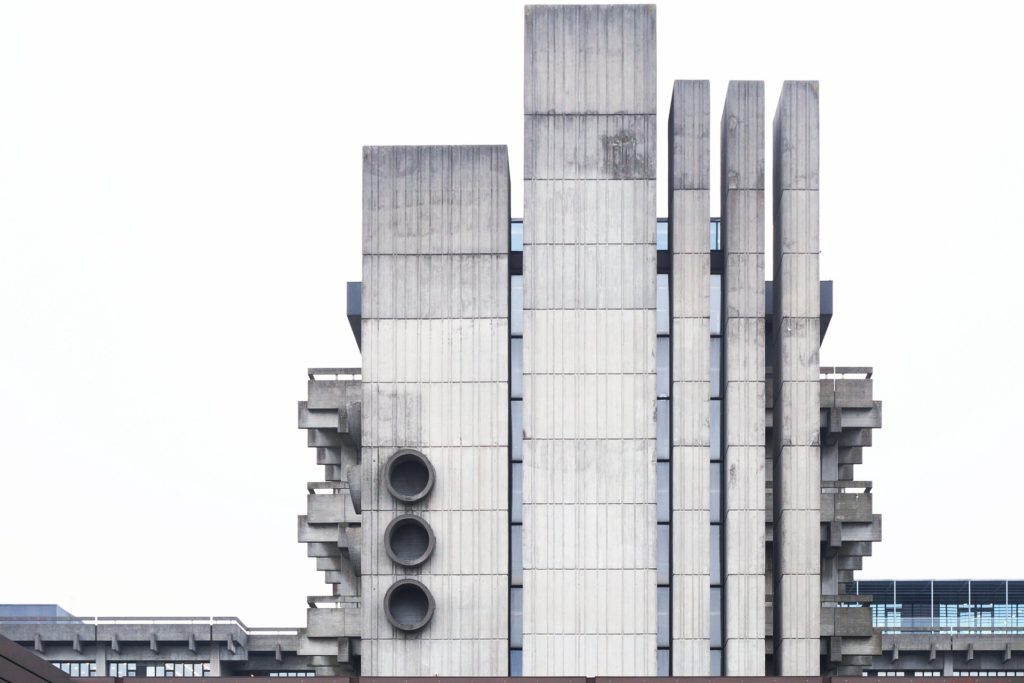
No description yet: Can you help?
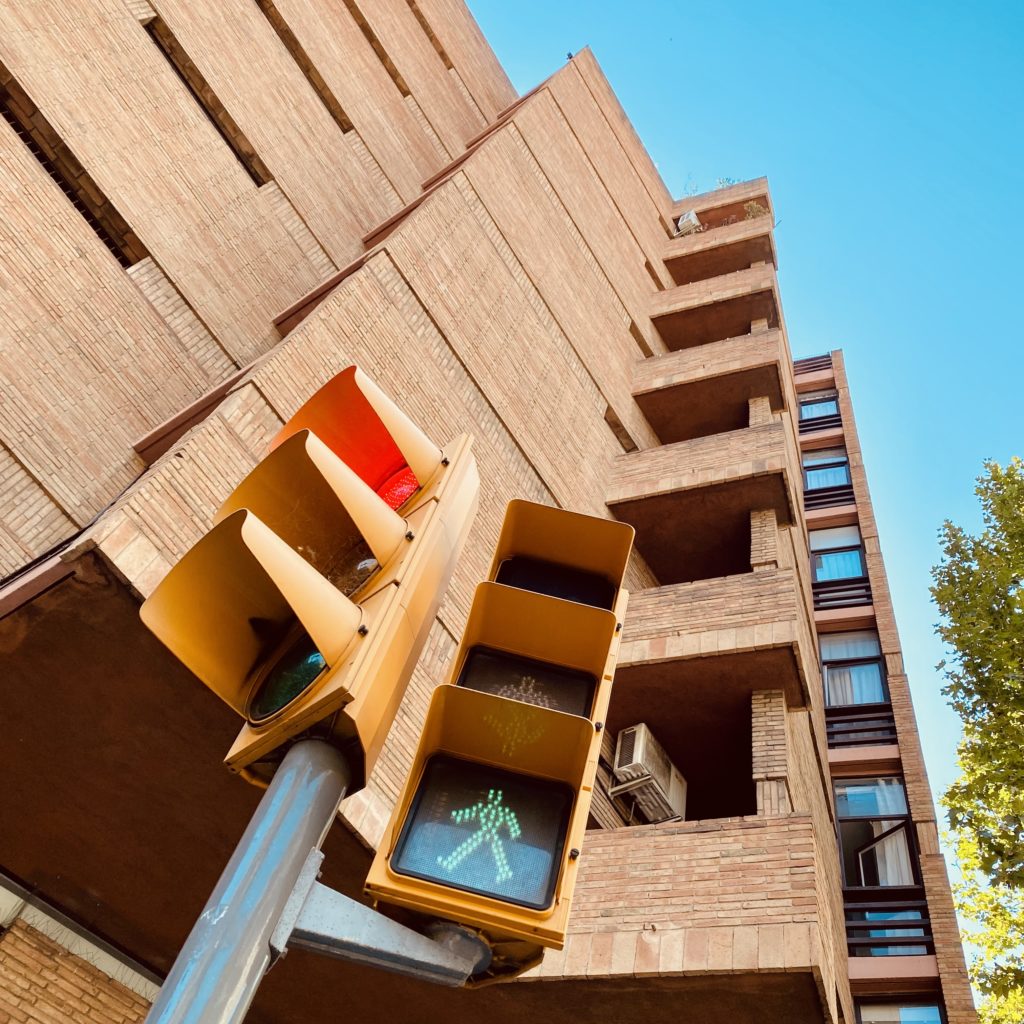
No description yet: Can you help?
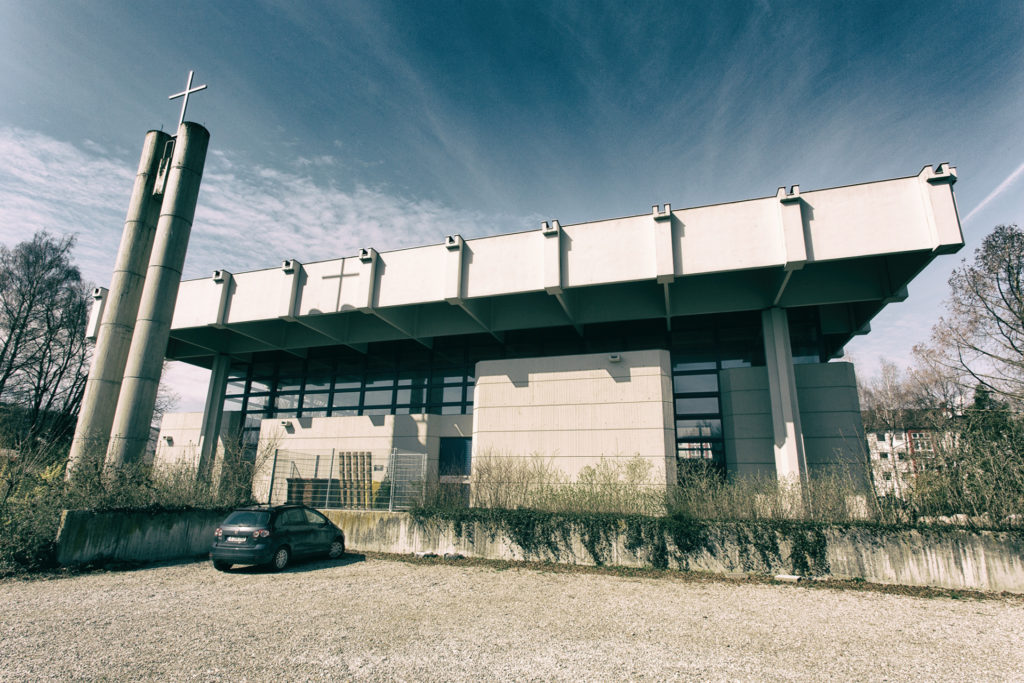
No description yet: Can you help?
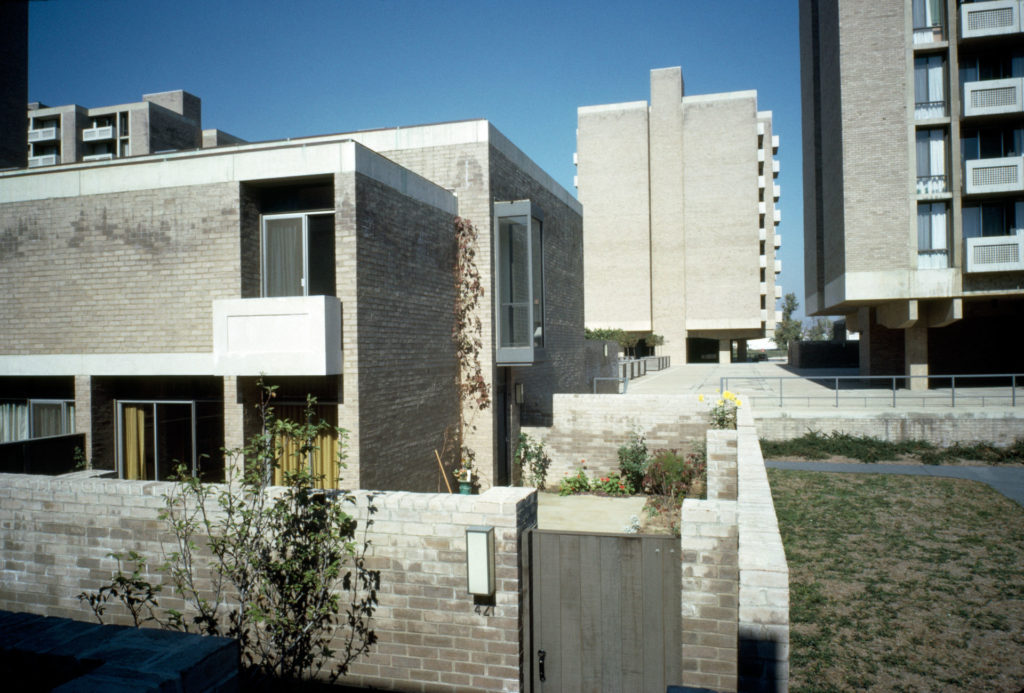
No description yet: Can you help?
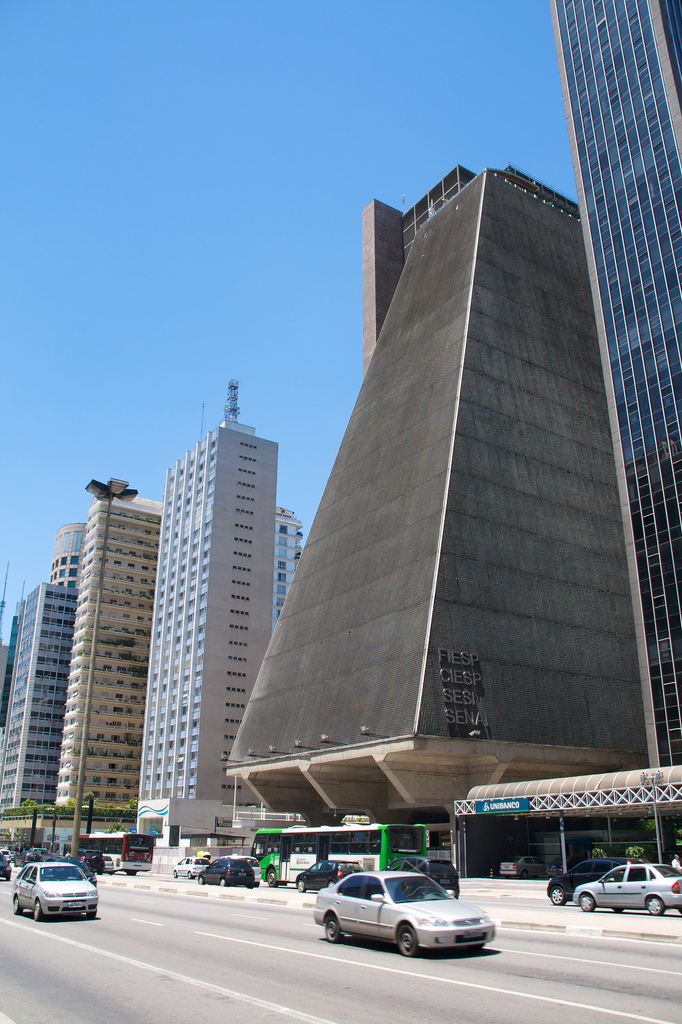
No description yet: Can you help?